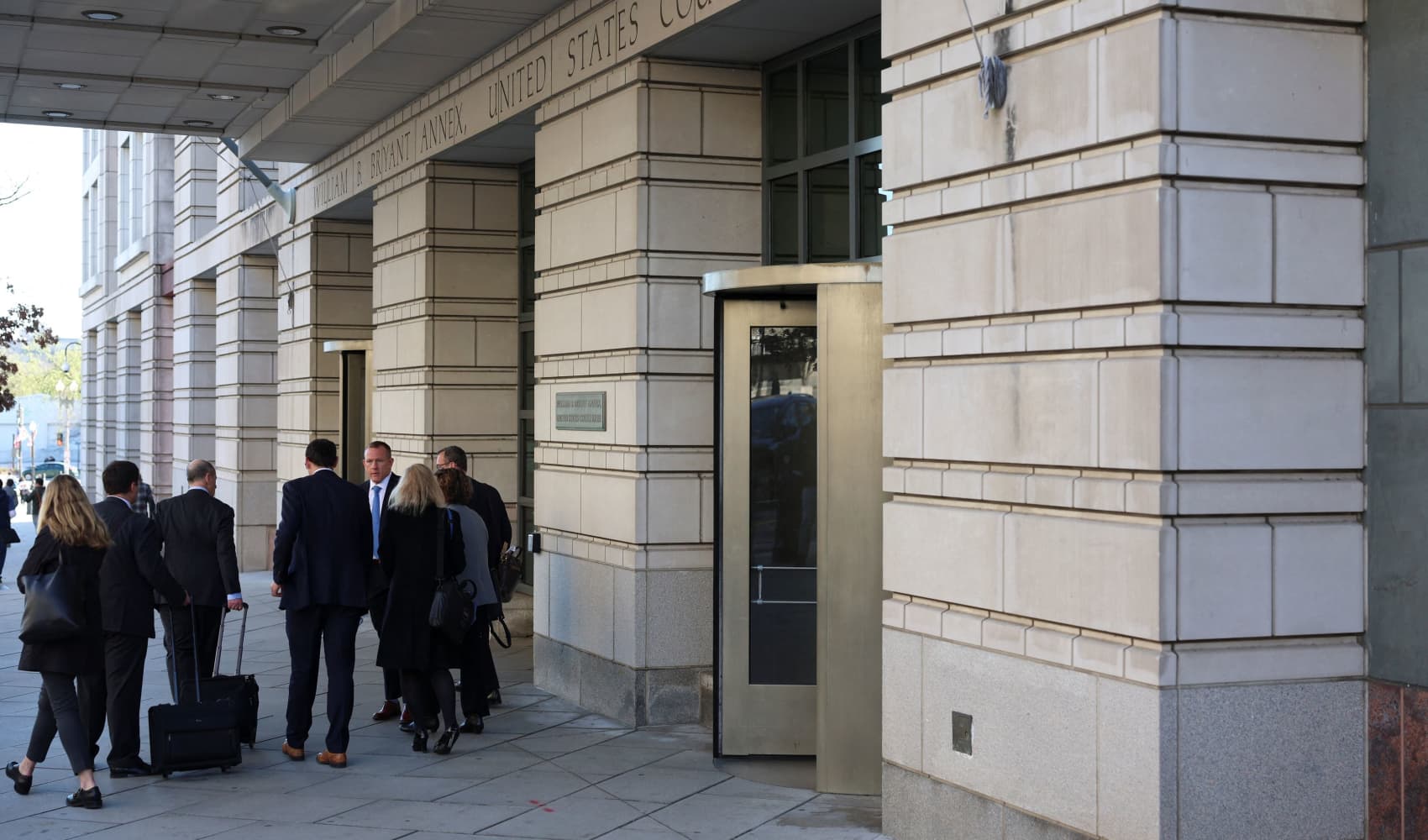
CNBC’s Kelly Evans
We're all used to debating whether the Federal Reserve is "manipulating" interest rates. What's new is the allegation that Treasury is now doing so.
To be clear, this isn't new to many market participants, who have been debating this issue for months. But it's now getting broader public attention, thanks to a recent paper by Nouriel Roubini and Stephen Miran which argues that "By adjusting the maturity profile of its debt issuance, Treasury...[is] usurping core functions of the Federal Reserve." They even warn that these "political business cycles" could result in higher long-term inflation and interest rates.
It is definitely true that Treasury has been leaning heavily on issuing short term Treasury bills lately--which have also carried the highest interest rates. Few want to see Treasury paying upwards of 5% on short-term borrowing when our debt load is so high that such interest payments are now larger than spending on Medicare or defense.
But there is a fundamental case to be made for tilting towards bill issuance. As Gennadiy Goldberg explained to Axios, "Treasury [is] trying to prevent a full-blown bond market meltdown" that could result if they issued more long-term debt than the market could handle. Plus, demand for bills--the plumbing of the financial system--is much higher right now, as the Fed drains its reverse repo facility, and they don't want to create a shortage there that could result in a credit crunch.
Get top local stories in Philly delivered to you every morning. Sign up for NBC Philadelphia's News Headlines newsletter.
Taken together, Roubini and Miran posit, Treasury has probably kept long-term rates about a quarter-point lower than they might have been otherwise, which they call a "backdoor form of quantitative easing."
But as interest rates plunge, those concerns will recede. Indeed, as former White House economist Ernie Tedeschi notes, the bill share of total securities is about 21% right now, which used to be the norm pre-financial crisis. (The recommended range, according to Treasury itself, is 15-20%.) "Moreover, this is exactly the strategy a fiscal agent might take to save taxpayers some money if they expected rates to fall soon," he wrote on X last month.
Imagine if Treasury had issued more 10-year debt last year, for instance, when those yields surged above 5%, versus now when they are back to 3.8%. Whereas the three-month bills they issued at high yields last year will quickly roll over now to less costly ones.
Money Report
So yes, Treasury is "manipulating" rates through their issuance changes. But their decisions are justifiable based on market conditions, and may even prove deft if they can eventually lock in lower long-term borrowing rates. The tougher decisions that could really improve borrowing costs will ultimately have to come from other buildings in Washington.
See you at 1 p.m!
Kelly






